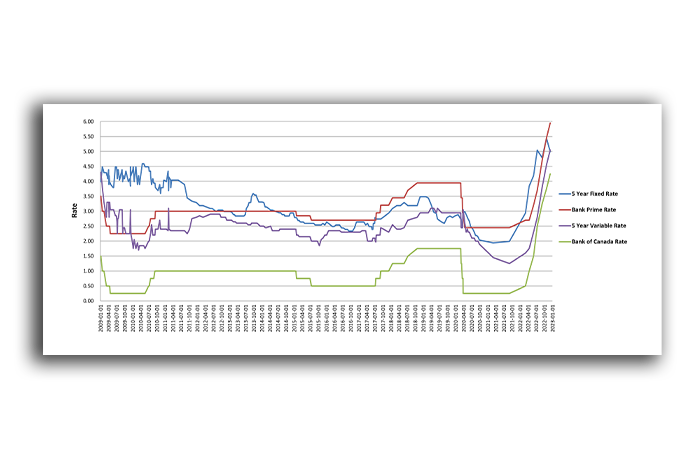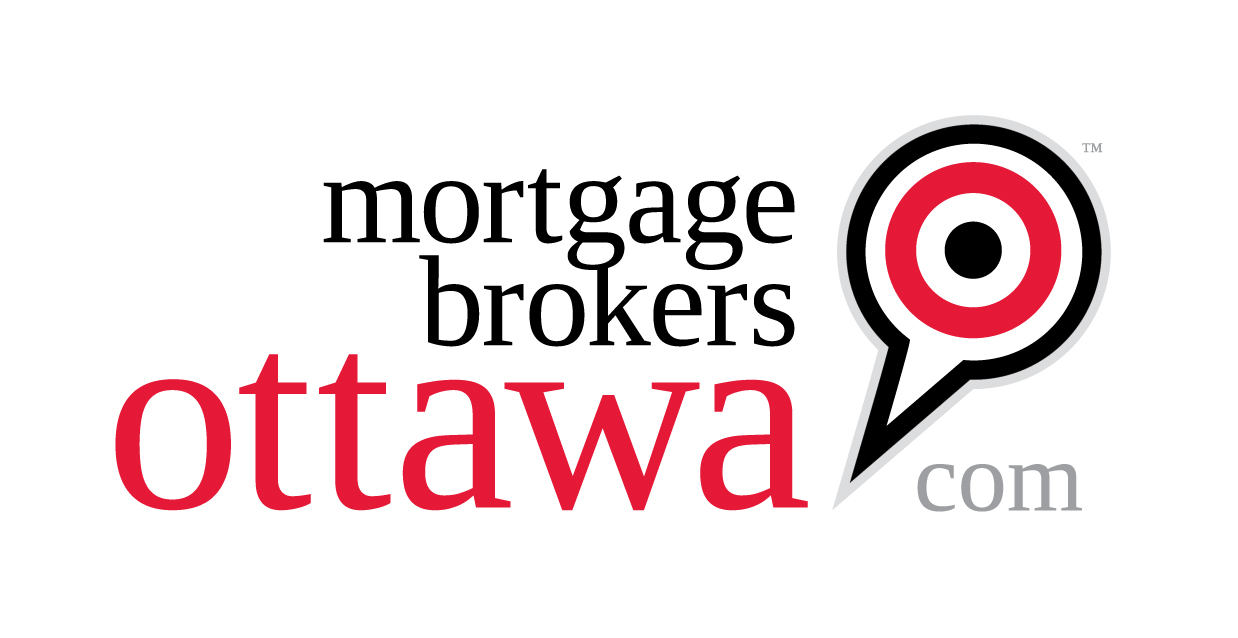Fixed vs. Variable

Is a Fixed Rate or Variable Rate better for me?
That largely depends on:
• Your current financial situation
• The stage you are at in your life cycle
• Possible/probable changes that you may expect in your future (children, job stability, retirement, etc.)
• Your tolerance for risk
The interest rate on a variable or adjustable rate mortgage can increase or decrease during the term. A fixed interest rate mortgage has a fixed interest rate ad payment amount guaranteed for the length of the term. An easy way to look at the difference in rates between the two terms is that you pay a premium, like an insurance policy, on a fixed rate mortgage for the peace of mind of knowing your mortgage rate and payment amount are not going to change for the duration of your mortgage term.
The difference in rate between the fixed rate mortgage and a variable rate mortgage is the “insurance premium” you pay. The cost of that “insurance” has varied widely over recent years even though rates have remained low. When determining your best mortgage choice, in addition to the other factors listed, you also have to consider what the current “cost” of the insurance is on a fixed rate term.
The Bank of Canada rate has increased 7 times since March 2022, most recently in December of 2022. The overnight rate has increased by 2.50% since March 2022 and is currently the highest we've since in over 40 years. The Bank of Canada rate is what influences the Prime rate at the lenders.
The variable rate that you receive on a mortgage is based on a variance of plus or minus the lender’s prime rate. Since 2009, that variance has been as low as prime minus 1.20% and as high as prime plus .80%. If the prime rate was 3.00%, that would be a variance from 1.80% to 3.80%, all without the rate itself changing. Why does the variance change? There are a number of factors including:
• Competitive pressures
• Contracting or expanding of lender risk tolerance
• Government policies
• Supply and demand of investment capital
Remember, if and when the prime rate changes, the variance to that prime rate is locked in for the term of your variable rate mortgage, so the rate will change, but the variance to prime will not.
We have done an analysis of our fixed term and variable rate interest rates dating back to January of 2009. This is proprietary rate data based on interest rates offered by the 30 or more lenders that we work with regularly on behalf of our clients.
During this time period some interesting facts emerged:
• Variable rates were as high as prime +0.80% and as low as prime -1.20% during this time period.
• The “insurance premium” or difference between the fixed rate and variable rate being offered saw a high of 2.74% in January of 2010 and a low of 0.04% in the fall of 2016.
Fixed versus variable is a decision that you should discuss with a Mortgage professional based on your personal circumstances. One of the factors that you should include in your consideration should also be the “cost” of the “insurance premium” for a fixed term mortgage, and the value that is provided for that “premium” which as you can see, changes over time and with market conditions.
